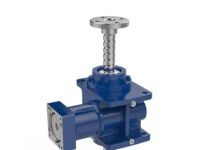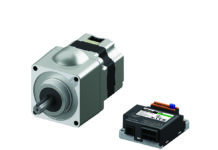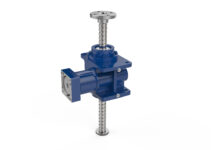Drives and brushless motors: the excellence of Moog electromechanical solutions comes from Casella site
The collaboration with Customers and the proactive attitude in adapting technology to specific applications have always been at the core of motion control systems by Moog – a worldwide designer, manufacturer, and integrator of precision control components and systems. The Company stands out for its ability to work in close cooperation with machine manufacturers, supplying the right mix of electrical, hydraulic and hybrid technologies, in line with a “technologically neutral” approach, that aims at assuring excellent performance and reliability. Due to the strong competition and the current economic scenario, today more than ever, engineers have to increasingly enhance plants’ efficiency and reliability. Electromechanical technologies represent an important part of the whole Moog “Total Solution”, where the series of drives and brushless motors implemented in the Casella site in the Genoa province stand out.
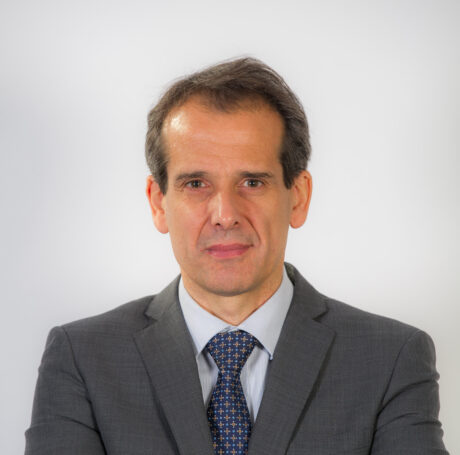
A unique manufacturing and engineering excellence, as explained by Bruno Chiodi, Engineering Manager of Moog Industrial.
Mr Chiodi, how is the Moog factory in Casella organized? What are its distinguishing elements?
The production site in Casella represents a clear example of what our customers can expect from an industrial Group like Moog. Motors, drives and actuators are designed and produced in the manufacturing site in Casella , which currently takes up an overall surface of over 33,000 m2 and engages a team of 80 workers. This allows us a unique insight into how these elements will interact inside the customer’s machine, a relevant plus that represent an important competitive advantage, especially in the development of custom solutions. Drive designers, in fact, work side by side with motor specialists interacting in real time, in order to develop more accurate algorithms, or constant controls aimed at an overall system optimization. The know-how and expertise exchange represents a further asset for Moog and results in the tangible possibility for OEM to strictly collaborate with a team of highly skilled engineers in the development of particular functions. The high capability of customization and customers’ support are some of the distinctive features that differentiate us from our competitors. Requests can range from the simplest, such as drives, to the most complex ones, like the development of specific applications that allow the improvement of machine performances. In addition to this activity, the Casella factory plays an important role in supporting all other Moog sites all over the world for the implementation of applications that use servo drives and/or servomotors. We have been recently involved in the study and supply of drives aimed at improving the energy efficiency of a new generation of Flight Simulators, in whose production Moog is undisputed leader. Such collaborations allow us to convert the system we ideated also in the industrial market, in all those situations where the same performances are required, generating real added-value for customers.
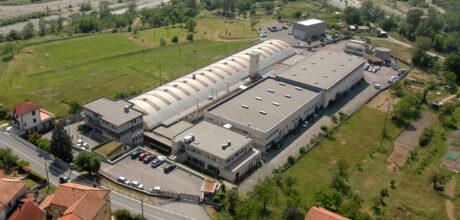
Speaking of products, in your opinion what are your offer’s highlights?
First of all, it is important to underline that all servo drive solutions share the same DX2020 platform, designed in-house in the Casella site. Therefore, all products present the same motor control typology and share the same graphic interface with the computers that will be used for the data parameterization and filing. Moreover, in our broad offer we can find:
Moog DS2020 digital stand-alone or single-axis servo drive that is especially designed for the control of synchronous or asynchronous motors and it is compatible with different feedback systems. Its low carbon footprint provides more compactness and flexibility, making it suitable for a wide range of industrial applications. DM2020 is instead a state-of-the-art servo drive featuring high customization in order to satisfy specific application requirements, even the most complex ones. The advantage of this architecture is the presence of a shared power supply unit, which allows smaller module sizes and a reduction of the system overall dimensions by about 50%, compared to a similar stand-alone configuration, while improving the energy efficiency. The DR2020, designed for applications with electronics distributed on the machine, is a single-axis drive that can be integrated inside a multi-axis configuration. Due to the IP67 protection, an installation inside the electric cabinet is not required, yet it can be positioned on-board, with a consequent wiring rationalization and a reduction of overall dimensions. Finally, DI2020 is worth mentioning: a drive directly integrated into a motor. The benefits are clear: it assures a wiring rationalization, a reduction of overall dimensions and a decentralized structure of the flexible and easily managed machine control. Moreover, it is important to underline that, as far as the software is concerned, we developed new features for the control of the servo pump and for the enhancement of our drives that, therefore, become particularly performing in “mixed” applications, where the brushless motor, drive and hydraulic circuit coexist. An example is the EPU – Moog electro-hydrostatic Pump unit, core of the electro-hydrostatic actuator, which facilitates the implementation of a decentralized transmission system. Such a hybrid system represents an important differentiation factor, and Moog has the advantage of relying on all in-house necessary competences.
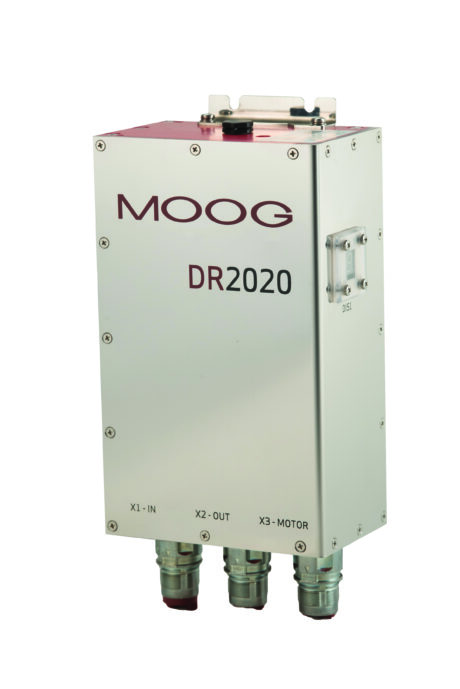
What are the main output markets? Moreover, what are, in your opinion, next trends or future developments?
Even if Moog solutions are mostly used in the industrial sector, they find application also in other fields, such as robotics, the blowing and moulding of plastic materials, metal forming, food, packaging, textile, small wind turbines and aeronautics. Speaking of trends, it is worth mentioning that in the last few years, we experienced a shift from hydraulics to electronics, with a demand for hybrid solutions, like EPU, able to assure higher energy saving. Within already existing markets, new possibilities are emerging and they are mainly driven by customers’ increasing demand for more compact and efficient systems. Moreover, we have been recently involved in the development and implementation of safety functions and of different communication fieldbuses: Ethercat is the standard solution, however, we are taking into consideration also Profinet, Moog is now facing new challenges: the company, in fact, is entering new markets, such us the mobile electrification. We already have applications on earth handling machines, on very particular and specific electric boats or on industrial machinery, such as excavators and cranes, where higher powers are needed than on an electric car.
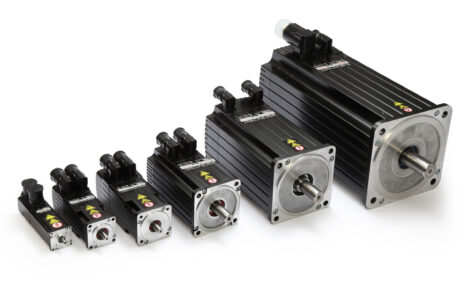
Therefore, we upgraded the base platform of our products to develop drives that can withstand extreme conditions, and mechanical stresses. Finally, we are working at the implementation of an original module called DE2020 that, compared to DX2020, allows an optimization of the net energy consumption. It is currently used in an important project for the creation of an innovative Flight Simulator, in which we have been involved. More in detail, Moog DE2020 module stores energy during its normal operation and returns it during activity peaks, when a higher absorption occurs. This allows a reduction of energy consumption to a lower and constant level, that makes the electric layout of the machine leaner and more cost-effective: key features for a smart industrial application.”
For more information, please visit. www.moog.com/industrial and www.moog.com/

